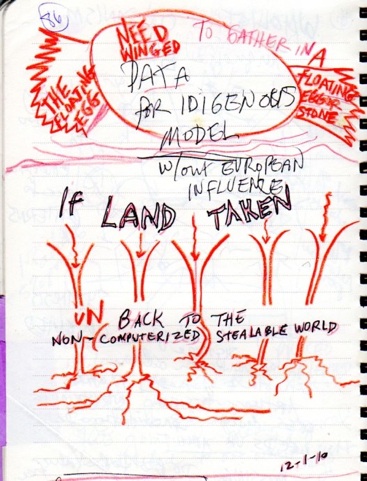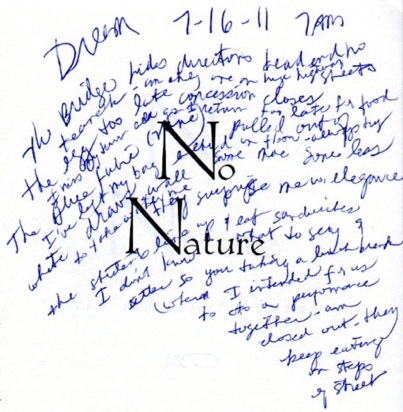Home Page Integrative EcoSocial Design
OP1A OP1B OP2 OP3 Links 3&4 OP4 OP5 LInks 5 Op6 LR GU
7-Year2 #1-LIPD 7-Year2 #1-LIPD Links 8-Year2 #2
Links WW 8&9 Year2 #2 & #3 9-Year2 #3 Regenerative Healing
Right Brain 10-Year2 #4 Art in earth Left Brain 10-Year2 #4 eARTh
Links 10-Year2 #4 11-Year2 #5 Nicole’s Elf reWrite 11-Year2 #5























